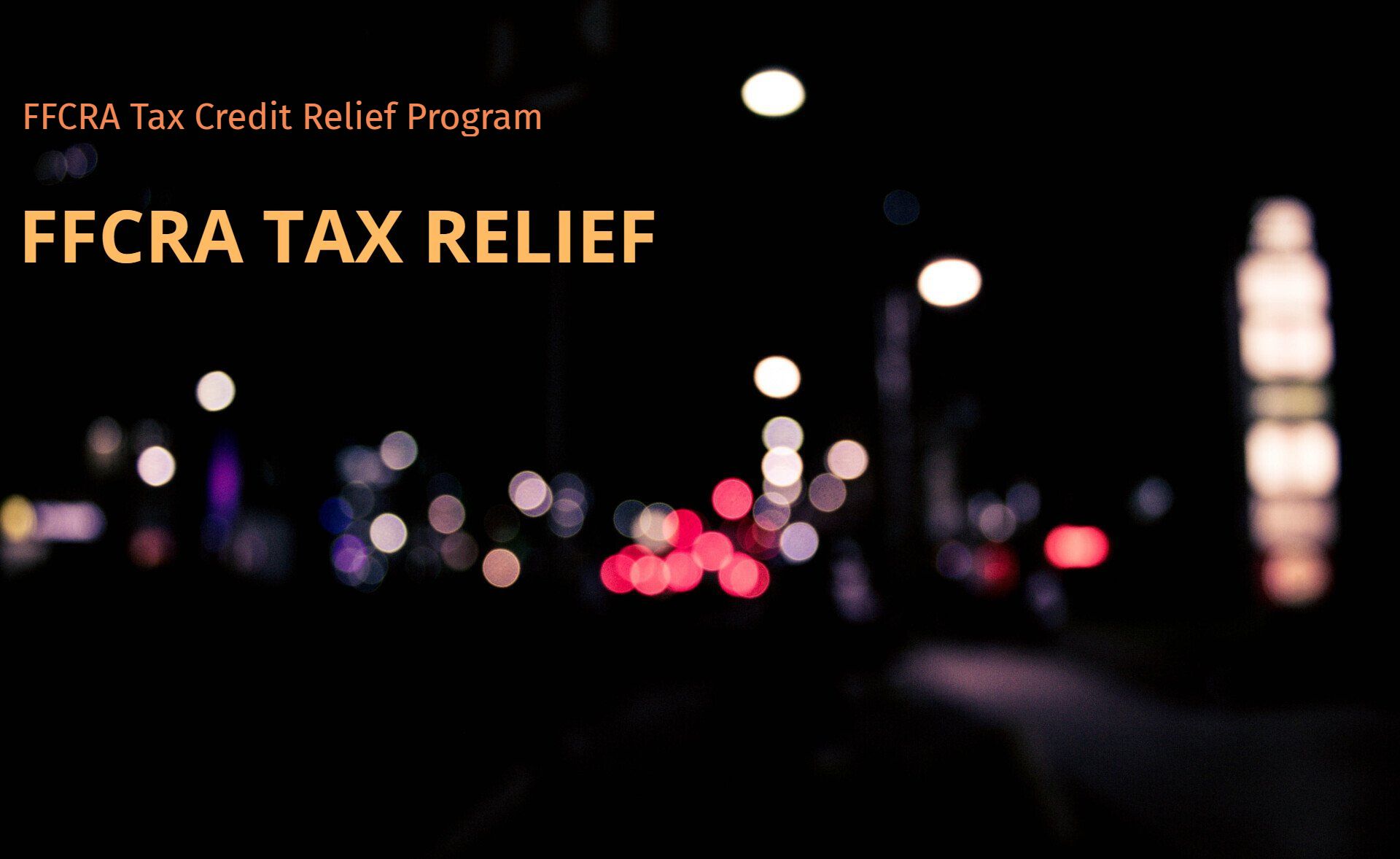FFCRA Tax Reief
Contact FFCRA Tax Relief and speak to one of our SETC specialists and they will help you find out if you qualify for SETC Tax Credits today!
Call: (877) 749 -3195
FFCRA Credits Call: 877-749-3195
Families First Coronavirus Response Act
How do I claim the self employed tax credit from Covid in 2020 and 2021?
The Self-Employed Tax Credit (SETC) is a specialized tax credit designed to provide support to self-employed individuals
during the COVID-19 pandemic. It acknowledges the unique challenges faced by those who work for themselves, especially during times of illness, caregiving responsibilities, quarantine, and related circumstances The SETC can be a valuable resource for eligible individuals to help bridge financial gaps caused by unforeseen disruptions. Almost everybody with schedule C income qualifies. Find out it your are eligible to receive
SETC Tax Credits - You may be eligible for FFCRA Credits
- If you missed days from COVID in 2020 and 2021
- If your kids missed school
- If you quarantined because of COVID
- If you took care of a family or loved one due to COVID
- If you suffered from the Vaccine post COVID
Types of self-employed business that may claim FFCRA Tax Credits
-
MASSAGE THERAPIST
Claim FFCRA Credits -
HAIR STYLIST / SALON OWNER
Claim FFCRA Credits
REAL ESTATE BROKER
Claim FFCRA Credits- Sole Proprietor
- eBay Sellers
- Freelancer
- Food/Product Delivery
- Data Analyst
- Handyman
- Landscaper
- Housekeeper
- Work From Home
- Social Media Expert
- Copywriter
- Web Developer
- Esthetician
- Hair Stylist
- Interior Designer
- Esty Shop Owner
- Personal Trainer
- Real Estate Agent







